
Elderly people are known to have some eye problems, including macular degeneration. This condition is caused by deterioration of one part of the eye, called the macula (located centrally in the retina). The retina represents nerve tissue on the back of the eye, with approximately the same function and the film in the camera. When the light comes to the retina, it initiates several electrical and chemical processes, triggering the nerve impulses and sending them to visual centers in the brain.
So, when this part of the eye begins to deteriorate with age, people may experience some significant visual difficulties and in some cases even severe loss of vision. This condition is also known as age-related macular degeneration or just as AMD and it is one of the leading causes of serious vision loss in people over 60 years of age.
Several risk factors may contribute to development of AMD, including some lifestyle choices such as smoking and obesity, high cholesterol and hypertension (high blood pressure). Being a Caucasian is also associated with increased risk of AMD, while certain patients may have genetic predisposition to this eye problem, due to macular degeneration that runs in their families.
Macular Degeneration Symptoms and Types
AMD is often undiagnosed until it progresses significantly and affects both eyes, because there are no symptoms. Distortion of normally straight lines is the first symptom of this condition, sometimes including distortion of central vision as well. These patients may also see changed or diminished colors, or blurry, white and dark areas in the center of their vision.
Visit your doctor if you happen to have any of these symptoms and get your eyes checked, just to be sure the problem does not significantly affect your vision.
Macular degeneration is known to have two forms, dry and wet. Dry AMD patients often have drusen (yellow deposits) in the macula. The bigger and more drusen there are, the more the vision is compromised. Initial problems occur when the person reads something, but later, patients experience blind spots in the central vision or even loss of central vision.
Wet AMD causes growth of some abnormal blood vessels from the choroid (choroidal neovascularization). These abnormal blood vessels may leak fluid or blood into the retina, leading to distorted vision, blind spots and eventually permanent central vision loss. This type of AMD is rarer, but it frequently causes serious vision problems.
Treatment Options
Macular degeneration is not a curable condition but there are treatments which may slow down its progression and prevent serious loss of vision in these patients. Several medications, known to affect the choroidal neovascularization, vitamins and laser and photodynamic laser therapies are most commonly recommended treatments for ADM patients. Some of these patients may also use low vision aids or try experimental treatments, such as retinal translocation or submacular surgery.


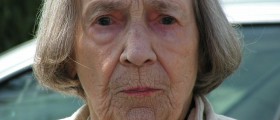
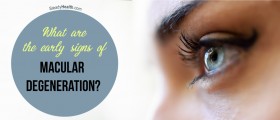

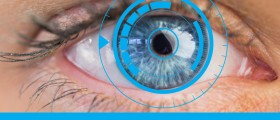



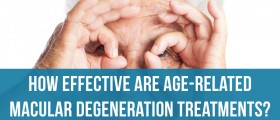
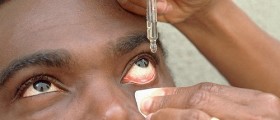



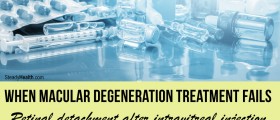
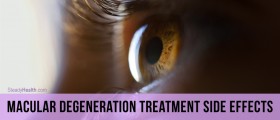
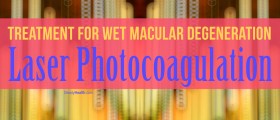
Your thoughts on this
Loading...